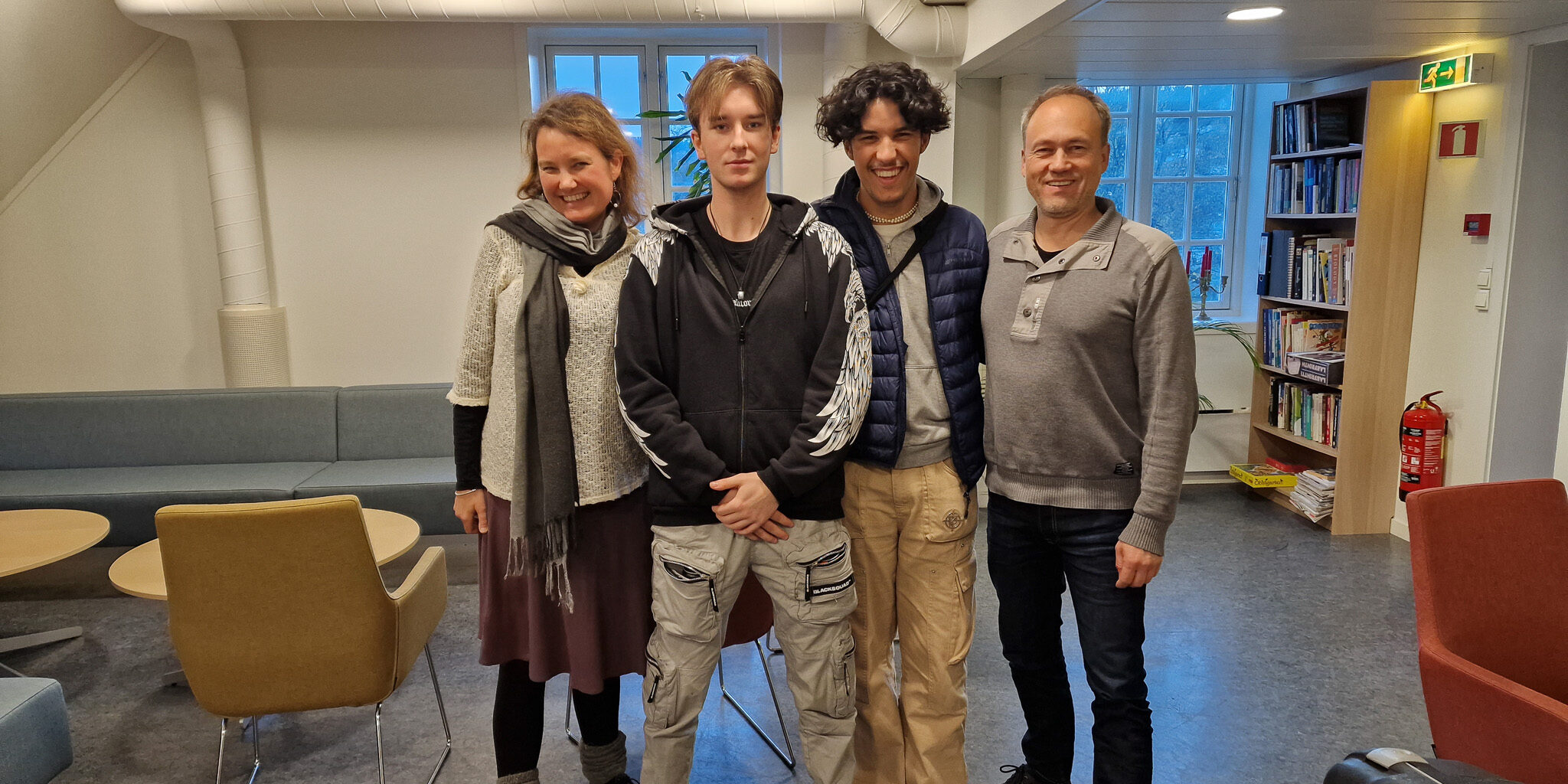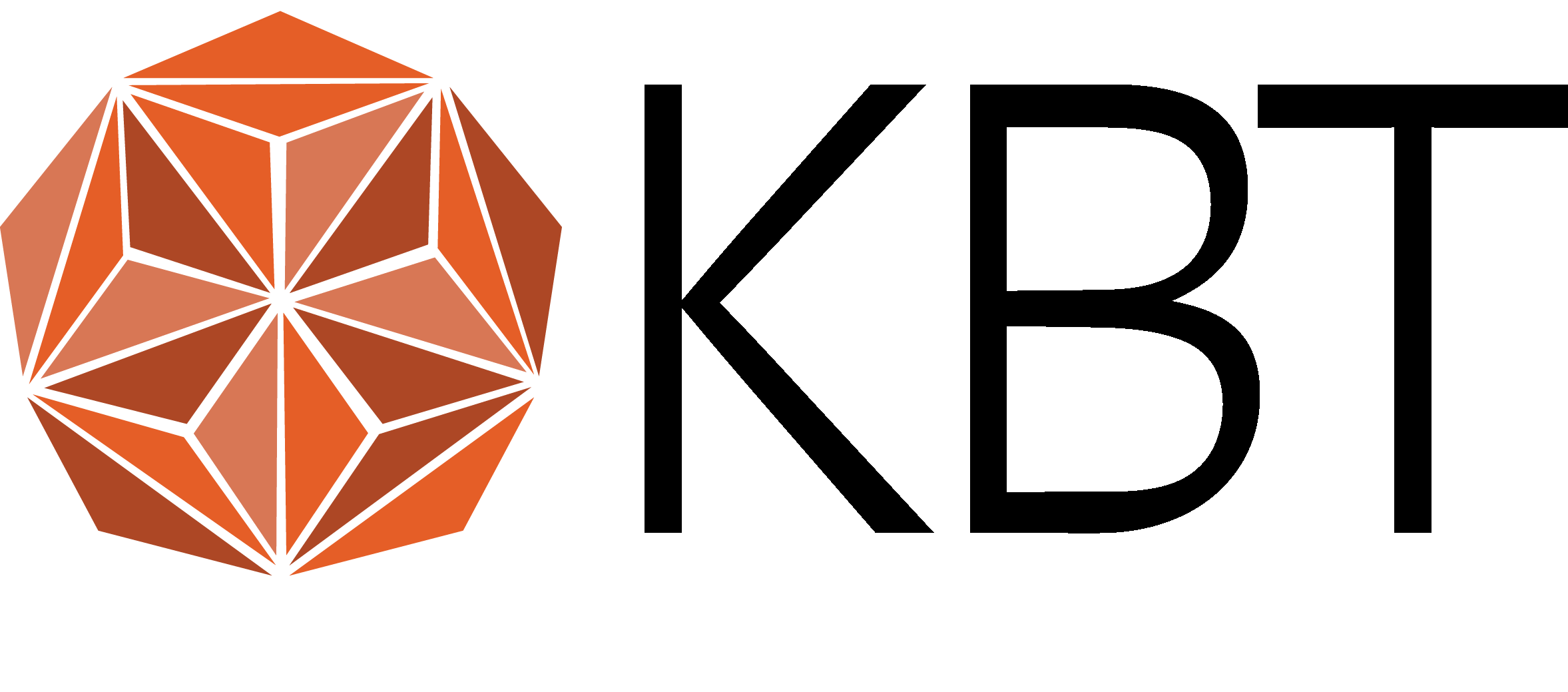There is Almost Always Room for Involvement

Picture: Project Manager Juni Raak Høiseth, together with youths from the project's resource group, Håkon and Oliver, and researcher Petter Viksveen, affirm the importance of good information for meaningful user involvement.
The "Room for Involvement" project is developing a guide for mental health care providers to ensure effective participation of children and youth. The guide, slated for publication in 2024, will offer concrete solutions and measures beneficial for healthcare authorities and clinic management. It will be informed by both professionals' and youths' experiences and views on what constitutes good participation and the challenges involved.
User Participation to Promote User Involvement
The recommendations are based on experiences from healthcare professionals and youths, gathered through interviews and workshops. The key has been dialogue and looking for solutions together. The guide/resource booklet will include specific advice on how to maintain user participation within the existing structural frameworks, addressing the needs of both youths and healthcare professionals.
One challenge is achieving genuine user participation within the service structures. That's why youths and healthcare staff have come together to discuss solutions and obstacles, a method which has already led to real participation through the interviews conducted. The voices of children and youths have been heard by both the project group and the professionals involved in the workshops.
Preliminary Findings on User Involvement
Initial results suggest that neither healthcare personnel nor youths have a clear understanding of how the concept of user participation is or should be understood. Both groups emphasize that it largely involves collaboration and the importance of strong, safe relationships for successful cooperation.
Healthcare professionals often experience insufficient resources and limited time to conduct assessments and treatment. This can compromise effective user participation. Through the project, we have received numerous suggestions on what is needed to build good and safe relationships within the existing frameworks.
The Importance of Good Information for User Participation
For successful involvement, providing sufficient information throughout the process, including before, during, and after treatment, is essential. This aligns with other studies contributed to by the team, such as the evaluation of care pathways.
The "Room for Involvement" project has facilitated important and interesting dialogues and reflections on various relevant issues, offering concrete advice. Examples include how user participation can be maintained even in challenging situations such as coercion, psychosis, substance abuse, and when there are risks to life and health. There is almost always room for participation!
Usually? "Yes, we have no findings that participation is not possible. They say that participation is generally always possible, though sometimes only to a limited extent," says Juni.
Challenges for Minorities
Extra challenges were noted for user participation among individuals from different ethnic and cultural backgrounds and transgender youths. To address this, the project expanded to include interviews with nine transgender youths.
Data Foundation and Method
To date, 16 interviews have been conducted with a total of 65 participants, including 42 youths and 23 healthcare professionals across the country. Workshops were then conducted where healthcare professionals and youths were brought together.
"I perceived that there was a great interest among professionals to participate in the project. We've received feedback that it has been interesting to be involved. Reflecting on their own practice in the interviews seemed to be significant for them. It is not often they have time in their daily work to reflect in this way. I feel they have found it exciting to be a part of," says project leader Juni Raak Høiseth.
Resource Group with Important Contributions
Initially, we planned to only have workshops with both groups at the same time. However, it soon became clear, partly through a session with the project's resource group, that we should interview the groups separately first. This approach ensures that people dare to speak their minds. The interviews could also help to uncover topics that should be addressed in the workshops.
Plans to Complete the Guide in 2024
The project is set to conclude in the summer of 2024. The guide, developed iteratively, will be drafted based on data analysis from the project and reviewed with input from the resource group, which includes youths with personal experience, healthcare professionals, researchers, and individuals from user organizations. It goes without saying that a project about user participation should itself involve user participation.
Resource Booklet, Video, Podcast, and Articles
After discussions with the resource group, the guide will be finalized. Short films and a podcast about the project and its methodology are also planned, along with publishing articles based on the data in scientific journals.
This article was written by Juni Raak Høiseth and Silje Jørgensen.
This is a translation of an Norwegian article. The translation was done using AI technology. Before publication, the text was read over and some corrections were made.

